Blog
Why Drapery Fabric Choices Matter: Impact on Energy Efficiency and Aesthetics
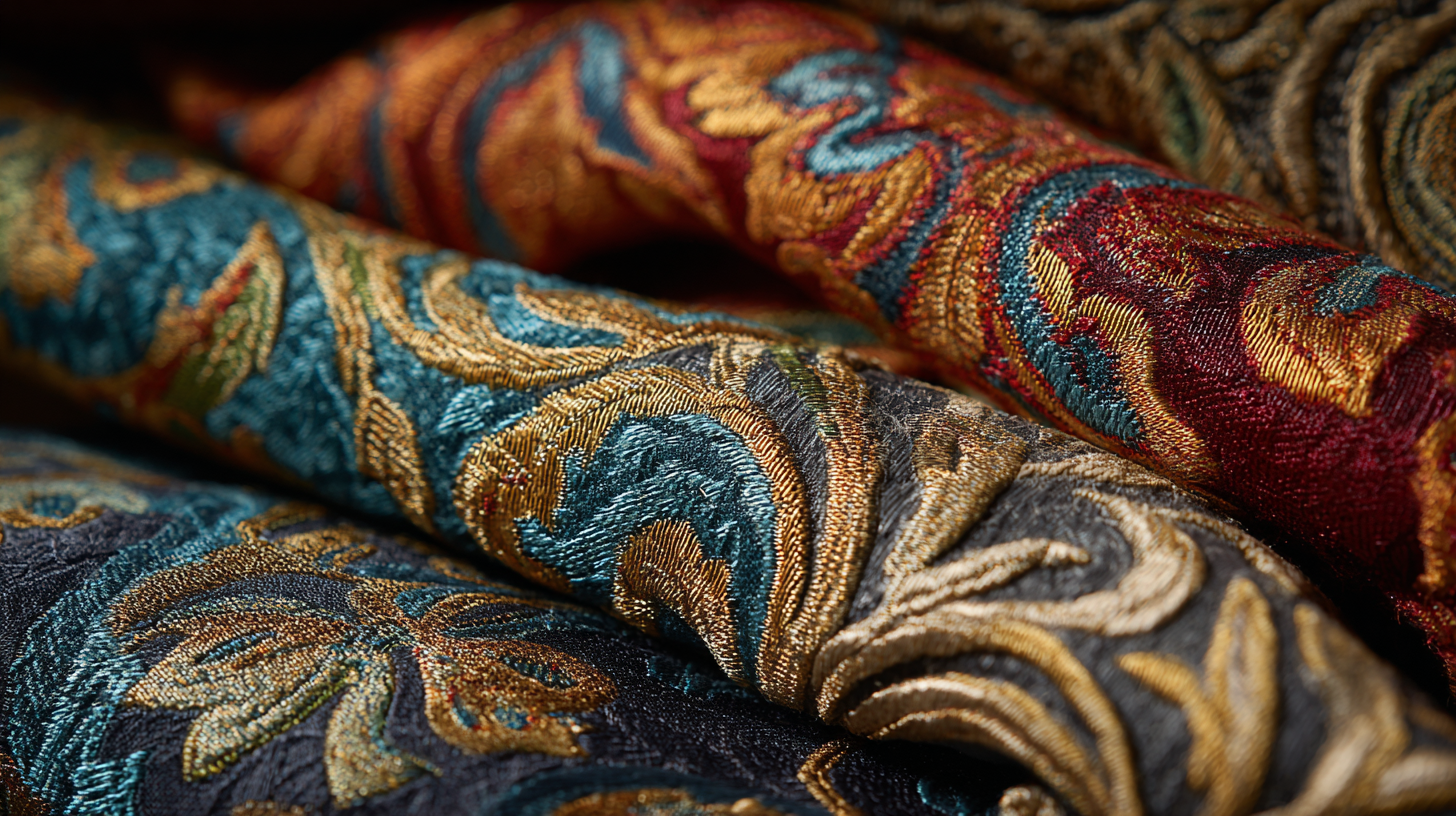 Drapery fabric choices play a crucial role in both energy efficiency and aesthetic appeal in interior design. As energy costs continue to rise, the selection of appropriate fabrics becomes essential for homeowners and designers alike. According to a report from the U.S. Department of Energy, window treatments such as draperies can enhance energy efficiency by up to 50%, reducing heating and cooling demands significantly. This not only contributes to lower utility bills but also supports sustainability efforts by minimizing the carbon footprint of residential spaces.
Drapery fabric choices play a crucial role in both energy efficiency and aesthetic appeal in interior design. As energy costs continue to rise, the selection of appropriate fabrics becomes essential for homeowners and designers alike. According to a report from the U.S. Department of Energy, window treatments such as draperies can enhance energy efficiency by up to 50%, reducing heating and cooling demands significantly. This not only contributes to lower utility bills but also supports sustainability efforts by minimizing the carbon footprint of residential spaces.
In addition to their functional benefits, drapery fabrics also influence the overall ambiance and style of a room. Industry studies indicate that 80% of homeowners consider aesthetics as a top priority when selecting window treatments, highlighting the intertwined relationship between beauty and practicality. The right drapery fabric can elevate a space, introducing texture, color, and pattern that resonate with the homeowner's personal style. Therefore, understanding the impact of drapery fabric choices is essential for achieving a harmonious balance between energy efficiency and visual appeal in any interior setting.
Understanding the Role of Drapery Fabrics in Home Energy Conservation
Drapery fabrics play a crucial role in home energy conservation, acting as a barrier against heat loss in the winter and heat gain in the summer. The choice of fabric can significantly influence thermal insulation, thereby reducing heating and cooling costs. Heavy, layered materials often provide better insulation, which can help maintain a stable indoor temperature and lower energy consumption. Conversely, lightweight fabrics may be more suited for warmer climates, allowing for better airflow and natural light while still offering some degree of insulation.
In addition to their energy-saving benefits, drapery fabrics also contribute to the overall aesthetics of a home. The right combination of color, texture, and design can transform a room, making it feel more inviting and comfortable. As homeowners increasingly recognize the importance of energy-efficient designs, the demand for stylish yet functional drapery is on the rise. This trend reflects a growing awareness of how drapery choices can enhance both energy efficiency and the visual appeal of living spaces.
Evaluating Thermal Properties: How Fabric Choices Influence Insulation
When selecting drapery fabric, one of the most crucial considerations is its thermal properties, which directly influence insulation and energy efficiency. Fabrics with high thermal resistance, such as heavy cotton or wool blends, can significantly reduce heat transfer, ensuring a more comfortable indoor environment. This is especially important in regions with extreme temperatures; during summer months, insulated drapes can help keep the heat out, while in winter, they can retain warmth inside.
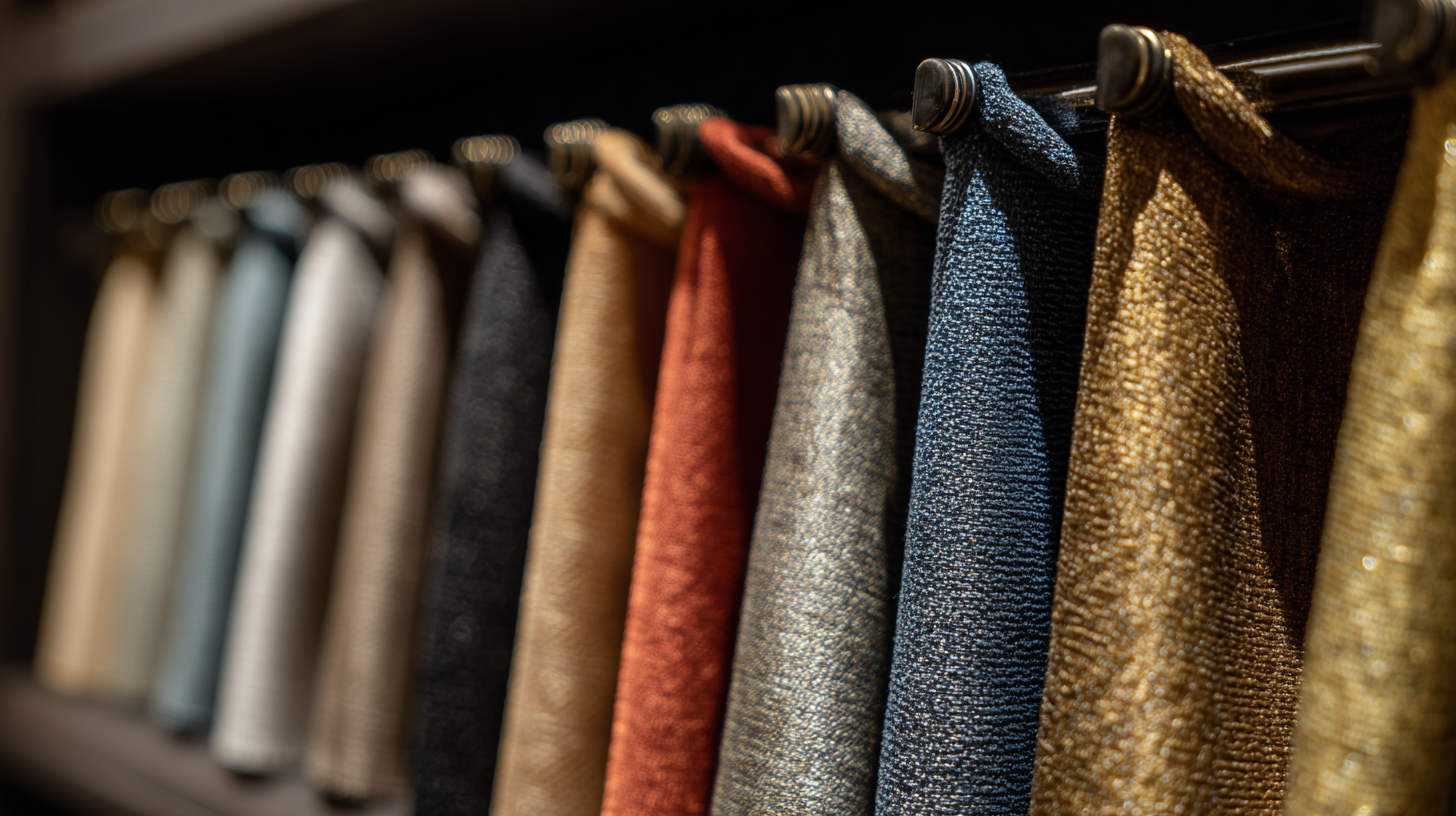
By opting for materials that are specifically designed for thermal efficiency, homeowners can create a barrier against external temperature fluctuations, effectively lowering energy consumption and costs.
Moreover, the color and thickness of drapery fabric play a pivotal role in its insulating capabilities. Lighter colors reflect sunlight, which helps to keep interiors cool, while darker shades absorb heat, contributing to warmer spaces. Additionally, layering fabrics or choosing lined drapes enhances their insulation properties, further improving energy efficiency.
In this way, selecting the right drapery fabric not only contributes to the aesthetic appeal of a room but also promotes a sustainable approach to energy use, showcasing the intricate relationship between style and functionality in home design.
Styling with Purpose: Enhancing Aesthetics through Fabric Selection
The choice of drapery fabric is crucial in elevating the aesthetic appeal of a space, particularly in aligning with specific design narratives such as the 'old money' aesthetic. Selecting the right materials not only enhances a room's visual coherence but also instills a sense of timeless elegance. Textures, lengths, and colors must be meticulously chosen to complement existing decor, creating an ambiance that reflects sophistication and comfort. Fabrics like velvet or linen in muted tones can embody understated luxury, making them ideal for achieving that coveted refined look.
As we look towards summer 2025, trending curtain fabrics are leaning towards lighter, breezier materials that evoke freshness while still maintaining style. Such fabrics can seamlessly blend practicality and fashion, allowing homeowners to reimagine their spaces with less weight and more vibrancy. The integration of these textiles becomes a powerful design tool, enhancing the overall aesthetic and even contributing to the energy efficiency of the home. Thoughtful fabric selection not only beautifies living areas but also cultivates a purposeful environment that feels both inviting and stylish.
Sustainability in Drapery: Eco-Friendly Fabrics for Energy Efficiency
The shift towards sustainable practices in the textile industry has significantly impacted the drapery market, particularly as consumers become increasingly aware of eco-friendly options. According to a market research study by Custom Market Insights, the global curtains and window blinds market is projected to be worth USD 58.5 billion by 2034, growing at a CAGR of 8.99%. This surge is largely driven by a rising demand for sustainable materials in drapery, where eco-friendly fabrics not only enhance energy efficiency but also contribute to aesthetic appeal.
Incorporating sustainable textiles in drapery can actively reduce energy consumption by improving insulation and controlling indoor temperatures. As highlighted in industry reports, textiles made from organic cotton, recycled materials, and innovative fibers are becoming popular choices. The environmental impact of the fashion industry has drawn attention to the considerable carbon footprint associated with traditional drapery fabrics, prompting hotels and homeowners alike to seek environmentally responsible options. By choosing eco-friendly drapery, consumers can achieve an elegant design while promoting sustainability, ultimately influencing the broader trends within the home textile industry as we approach 2025.
Balancing Functionality and Design: Choosing the Right Fabric for Your Space
When it comes to enhancing the look and feel of a space, choosing the right drapery fabric can significantly impact both functionality and design. The fabric selection affects not only the aesthetic appeal but also the energy efficiency of a room. For instance, heavy fabrics like velvet can trap heat during winter, helping to reduce energy costs, while lighter fabrics can promote airflow in warmer months. Balancing these elements allows homeowners to create comfortable environments that reflect their personal style.
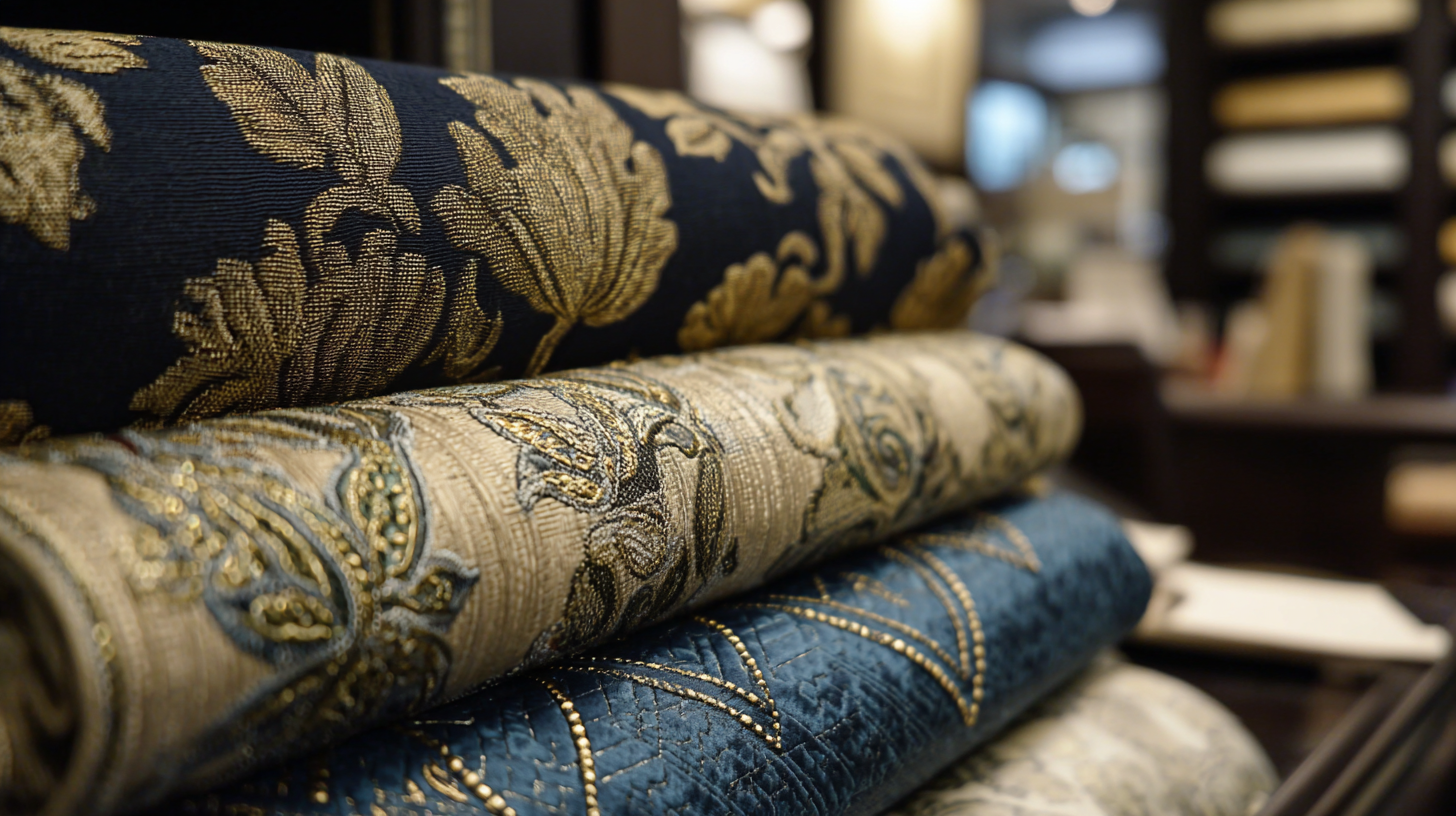
Tips for Choosing the Right Fabric:
- Consider the climate in your area. If you live in a hot climate, opt for light-colored, breathable fabrics that can block UV rays while still allowing some light to filter through.
- Think about the room’s purpose. For areas that require privacy, such as bedrooms or home offices, choose thicker materials or linings that offer more coverage. In contrast, sheer fabrics can elegantly soften the light in living spaces while maintaining a sense of openness.
Another crucial factor is maintenance. Some fabrics require more care than others, which can affect your long-term satisfaction with the choice. Choosing fabrics that are easy to clean and manage helps ensure the longevity and upkeep of your window treatments, maintaining both their function and beauty over time.
Related Posts
-

Transform Your Space with Sustainable Window Drapery Fabric Choices
-
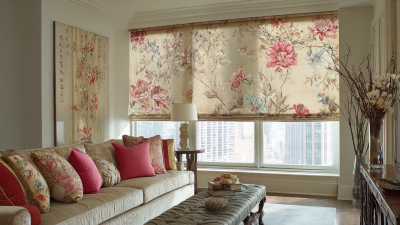
Top 10 Fabric Window Treatments for Every Style and Budget
-
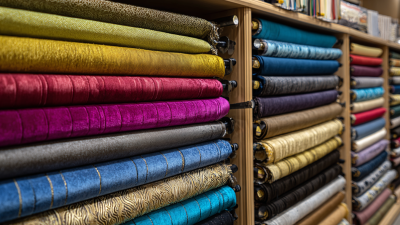
What is Drapery Workrooms and How They Enhance Your Interior Design with Professional Insights
-
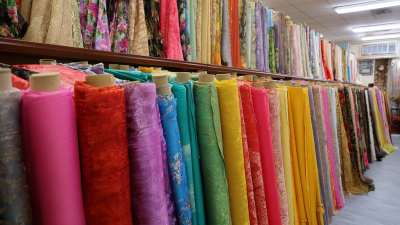
Enhancing Your Experience with Carole Fabrics Customer Service Tips for Success
-
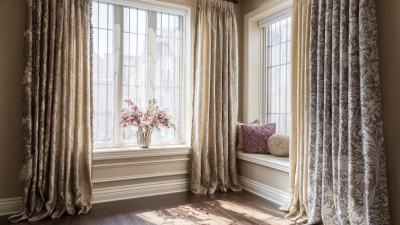
10 Essential Tips for Choosing Calico Window Treatments: Enhance Your Home Aesthetics & Energy Efficiency
